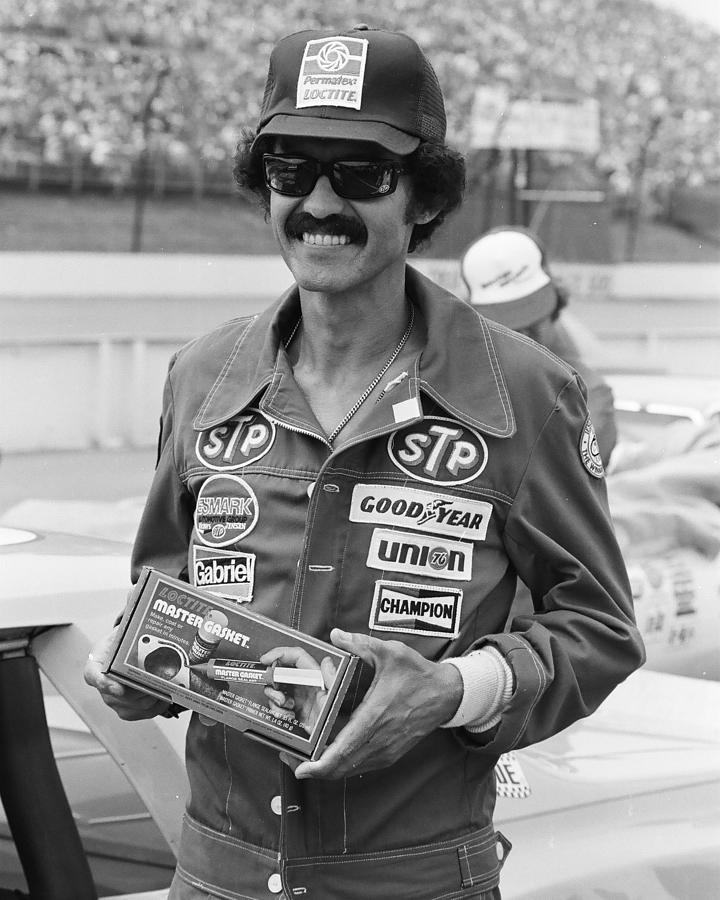

Cars were - or were supposed to be - unaltered from production cars.
Rochard petty series#
That year, NASCAR's series ran under "strictly stock" rules.
Rochard petty driver#
(In comparison, the driver with the second-highest total of wins in NASCAR races is David Pearson, with 105 over a 26-year career.)īy the 1980s, NASCAR race-car design rules had changed radically since NASCAR's first season in 1949. Over his 35-year career, his record of 200 Grand National/Winston Cup racing wins is very likely never to be equaled. In 1967, Richard Petty won 27 of these (out of 48 races, which included winning 10-straight) to set an all-time record for the most victories in a season. The norm in the 1960s was some 50 or more such races a year. NASCAR racing in the 1960s consisted of many more top-rank (i.e., Grand National, Winston Cup, and now renamed Nextel Cup) races per year than today. Richard Petty, of Randleman, NC, began his racing in the early 1960s, winning his first Daytona 500 and first of seven NASCAR national championships in 1964. NASCAR came of age in 1959, with the first running of the Daytona 500 - which was won by Lee Petty, Richard Petty's father, a three-time NASCAR national champion in his own right, during the 1950s. In 1953, France opened a new Daytona Speedway. To help him set rules for stock-car racing, France created the National Association for Stock Car Auto Racing, NASCAR, in 1948. Bill France, of Daytona Beach, Florida, had witnessed the popularity of pre-war "beach racing." In the late 1940s, he organized beach races for car-owners who liked the idea of competing against each other with more-or-less "stock" automobiles. The tires, however, are Daytona tires.Ī uniquely American type of auto racing is "stock car" racing. The car is configured for the last time it ran, at the 1984 Talledega race, and has that engine installed. The car was repainted by the crew of Petty Enterprises, Randleman, before presentation to the Smithsonian in late 1984. The car owner was Curb Motorsports, owned by Mike Curb, of the family owning Canon Mills and president of Curb Records. The car ran one more race that year, the Talledega 500 on July 29th, but did not finish, retiring with a broken differential immediately after its first pit stop. The car carried Petty to victory in the "Firecracker 400" race at Daytona, on July 4, 1984. Like current NASCAR racers, its engine is not fuel-injected but uses carburetion. Note the tubular space-frame, specially built body, racing wheels and tires, and safety gear in the interior. 42 was for his father's cars - follows the 1984 design rules. 43 - that number was Richard Petty's hallmark, as No.


 0 kommentar(er)
0 kommentar(er)
